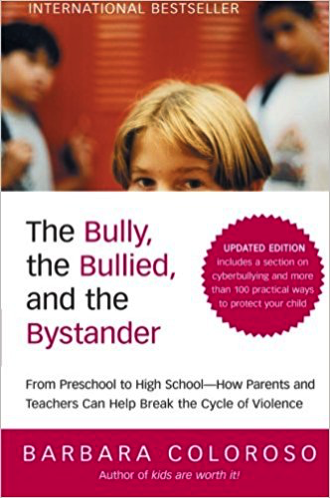By  far the best book I’ve read as I’ve worked my way through the Dewey Decimal System. Perhaps it’s because so much of what Coloroso writes echoes and is echoed by other books I’ve read on parenting, discipline and teaching, but it appears that there’s a clear consensus on how to deal with these sorts of situations and Coloroso does an excellent job of presenting the information.
far the best book I’ve read as I’ve worked my way through the Dewey Decimal System. Perhaps it’s because so much of what Coloroso writes echoes and is echoed by other books I’ve read on parenting, discipline and teaching, but it appears that there’s a clear consensus on how to deal with these sorts of situations and Coloroso does an excellent job of presenting the information.
The first useful formulation on the whole “don’t tattle” thing I’ve ever encountered:
Tattling: If it will only get another child in trouble, don’t tell me.
Telling: If it will get you or another child out of trouble, tell me.
If it is both, I need to know.
My kids aren’t of an age where this is relevant yet, but it will be and it’s good to have a succinct and cogent description of when telling is appropriate and when it’s not.
The core of Coloroso’s approach is in what she describes as three different kinds of families: The brick-wall family, the jellyfish family, and the backbone family. The brick-wall family is authoritarian in its nature providing a simplistic and harsh approach to things which effectively manages to also be a breeding ground for bullies. The jellyfish family, on the other hand is permissive and tends to have few if any rules and what rules there are may not be enforced. The backbone family is the ideal structure, authoritative rather than authoritative, with authority used as a means of supporting rather than curtailing as with the brick wall family.
Coloroso’s most contentious assertion is that there are no innocent bystanders. By standing by and doing nothing in a bullying situation, the bystanders act as effective endorsers of the bullying behavior. As an alterative, Coloroso endorses teaching children to “will good.”
Leave a Reply